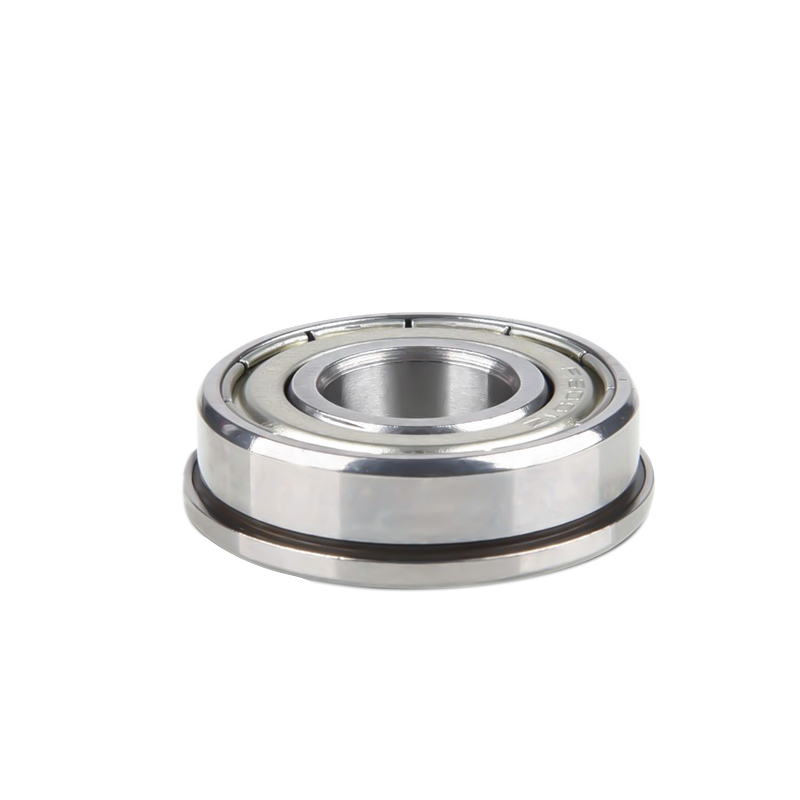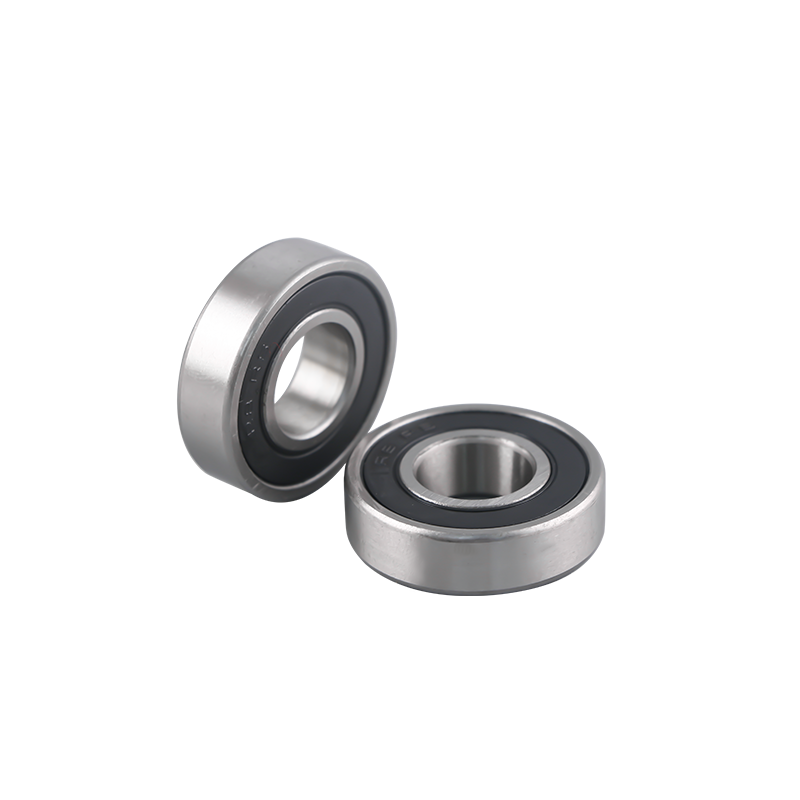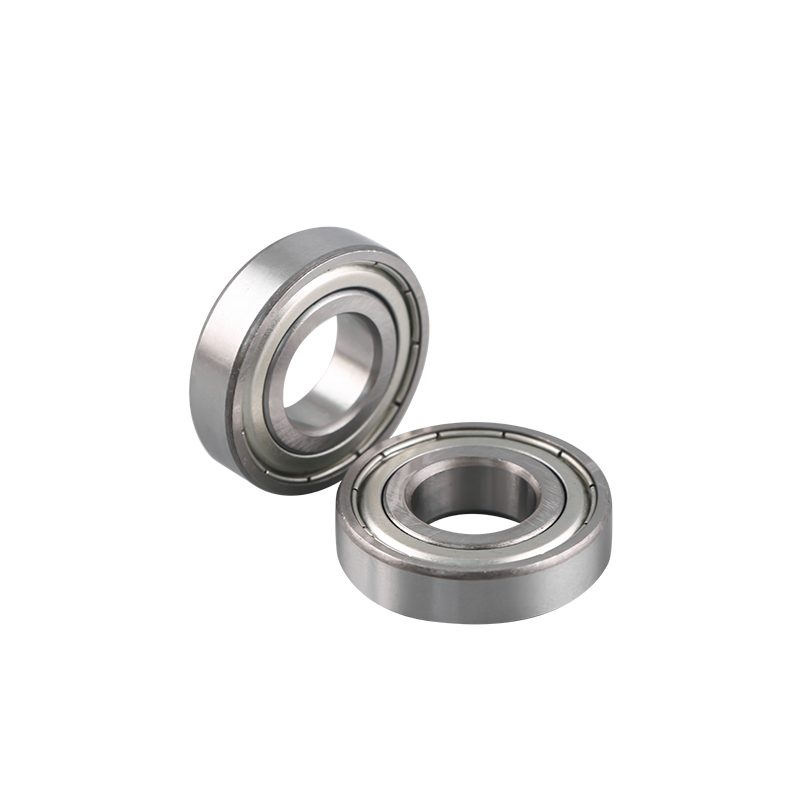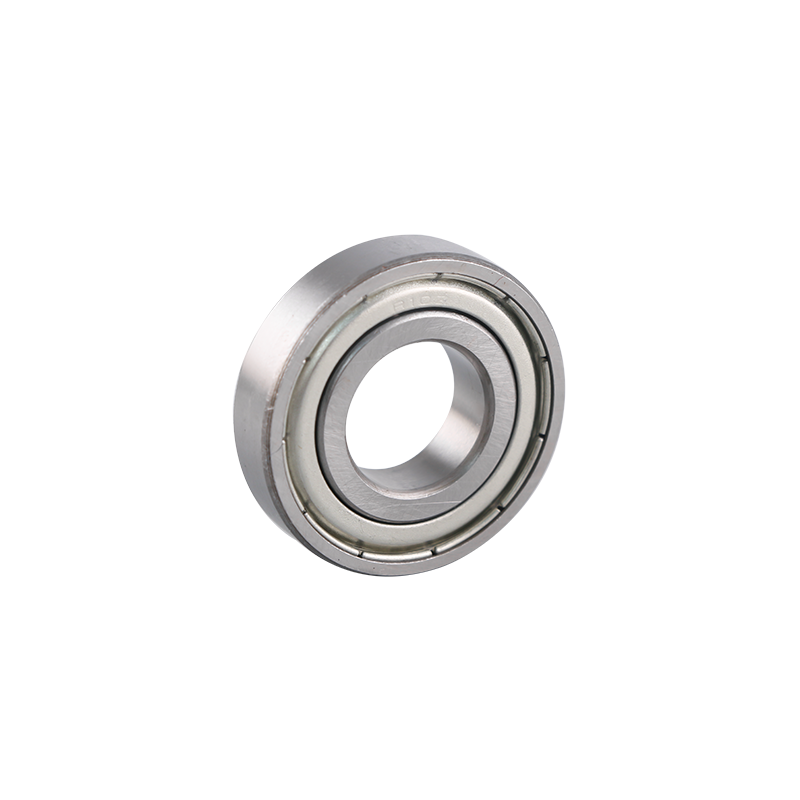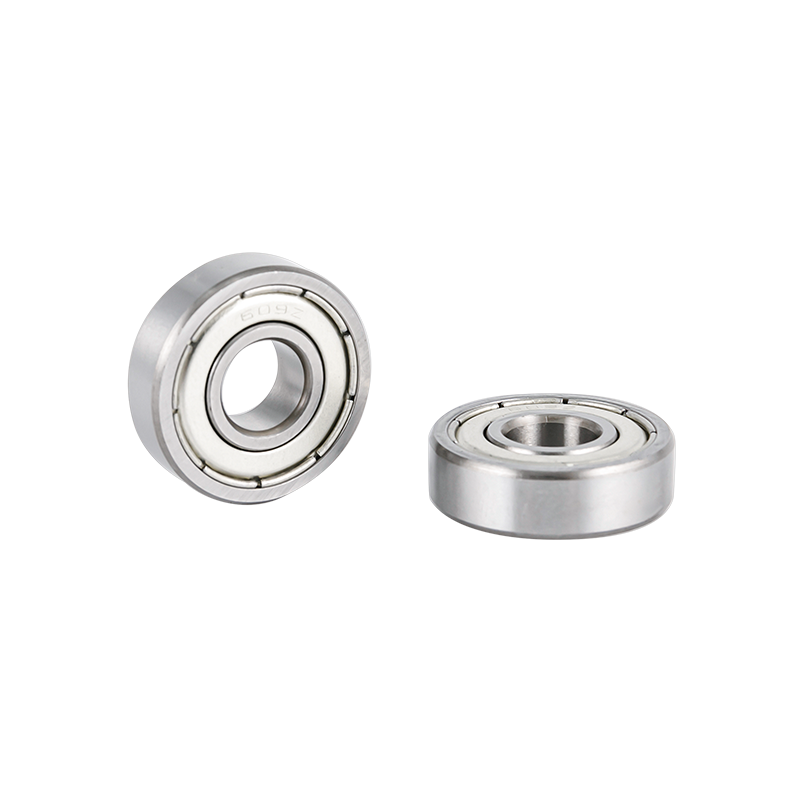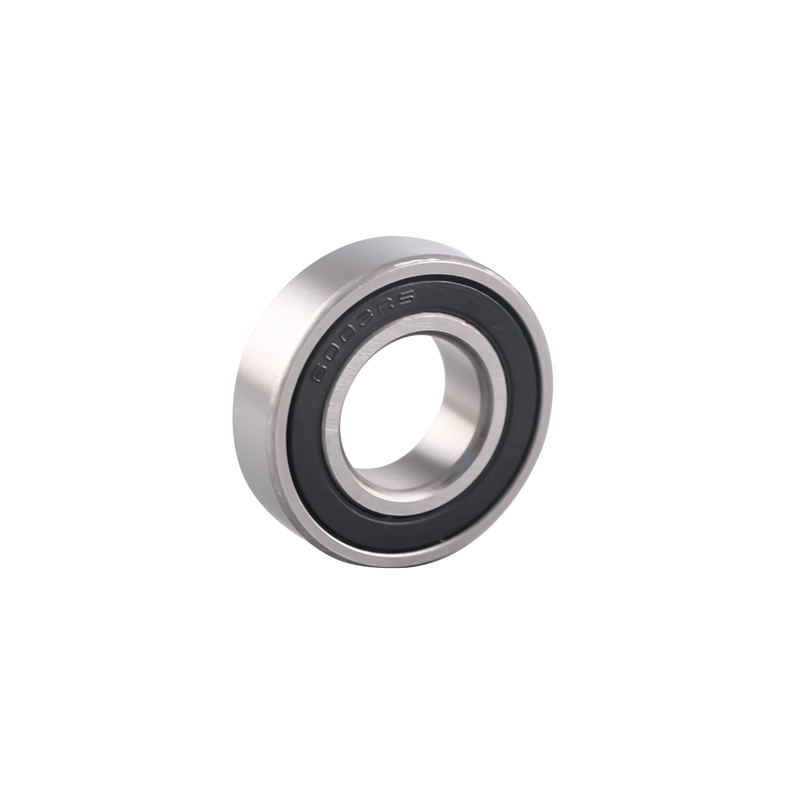A bearing is an integral part of almost all industrial machines, enabling them to rotate or slide. They are used in a wide variety of applications including gearboxes, industrial instruments, motors, pumps, internal combustion engines, agricultural machinery (tractors, string trimmers), textile machines, carriers/conveyance, film rolling mills and powder/particle clutches among others.
Single Row Deep Groove Ball Bearings - Nomogram and Technical Information
Single row deep groove ball bearings are the most widely used and versatile bearing type. They are available capped with seals or shields or open, and can be lubricated with oil or grease.
They are used in a variety of applications, but they are especially common in rotary motors and servomotors because of their low frictional torque and high rotational speed. They also offer a high degree of precision and are easy to maintain.
Double Row Deep Groove Ball Bearings – Nomogram and Technical Information
Double row deep groove ball bearings are capable of supporting higher radial and axial loads than single row deep groove ball bearings. They can also support tilting moment loads as well Figure.
These bearings are extremely robust in operation and are able to cope with extreme conditions due to their special construction. They are also very economical, easy to maintain and have a long service life compared to other bearing types.
Single and double row ball bearings can be lubricated with oil, grease or a mixture of both. Grease lubrication is particularly suitable for these bearings as it offers excellent anti-corrosion characteristics and is easy to apply.
Depending on the mounting and operating conditions, it may be necessary to sleeve the bearing rings in order to prevent contamination from entering the running system. This is especially important when oil lubrication is used, as moisture and dust can penetrate the lubricant and damage the bearing rings.
In addition to a lubricant, the running performance of a rolling bearing is dependent on its design. In order to achieve a good rating life and maximum efficiency, the bearings must be designed correctly in terms of mounting forces, load carrying capacity, speed limit and operating clearance.
Loose fitting of bearing rings can permit the bearing to creep or turn, resulting in wear and failure of the shaft and housing. This can be especially damaging to a bearing if it is subjected to vibration, over-load or high speed.
The correct mounting of a ring can also be influenced by the choice of cage, which is an essential factor for the running performance of a deep groove ball bearing. A noise-optimised riveted sheet steel cage is standard in all Generation C deep groove ball bearings. In conjunction with an acoustic insulation, this can make these bearings ideal for use in noisy environments and applications where the load carrying capacity is limited by the noise level.
For the application of single row deep groove ball bearings, it is crucial to check the limiting speed nG, which is the kinematically permissible speed of the bearing in relation to the installation space. The limiting speed is determined by the static load safety factor S0 Equation and can only be exceeded under extreme mounting and operating conditions, such as shocks or vibrations.
